Harvest Lane Honey Bee Feeding Patties
Nourish your hive with Harvest Lane Honey Feeding Patties for Bees. This honey bee food is used to nourish bees during spring build-up and in times of dearth. Pollen patties for bees make feeding simple.
Nourish your hive with Harvest Lane Honey Feeding Patties for Bees. This honey bee food is used to nourish bees during spring build-up and in times of dearth. Pollen patties for bees make feeding simple.
- Use feeding patties for bee food during spring build-up and in times of dearth
- Use 1 per hive
- Feed during late fall through late spring or until hive is brining in adequate amounts of pollen into the hive.
Ingredients
Sugar, Soy, Brewers Yeast, Water, Pollen
Guaranteed Analysis
| Coponent | AS FED |
|---|---|
| Crude Protein (Min) | 15.5 |
| Crude Fat (Min) | 0.9 |
| Crude Fiber (Max) | 1.2 |
Feeding Guide
Remove outer plastic leaving the parchment paper. Place the exposed directly onto the frames.
- Recommend 1 per hive
- Feed Late Fall through Mid-Late Spring or until the hive is bringing in sufficient pollen.
Additional information
| Country of Origin | Made in USA |
|---|---|
| Food Product Form | Patties |
| Package Size | 1 lb. |
| Packaging Type | Bag |
| Product Height | 0.25 in. |
| Product Length | 12 in. |
| Product Weight | 1 lb. |
| Product Width | 3 in. |
| Manufacturer Part Number | PP15-103 |

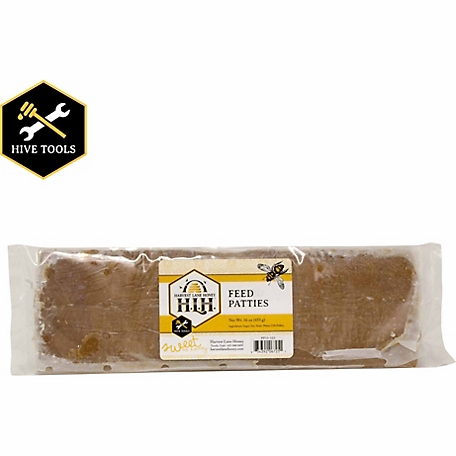
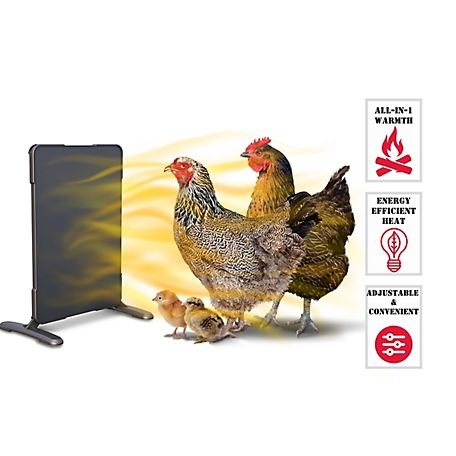
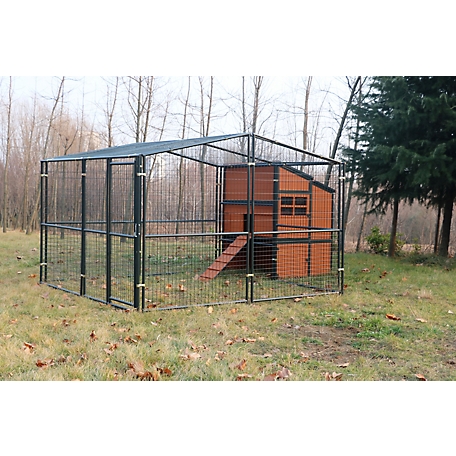

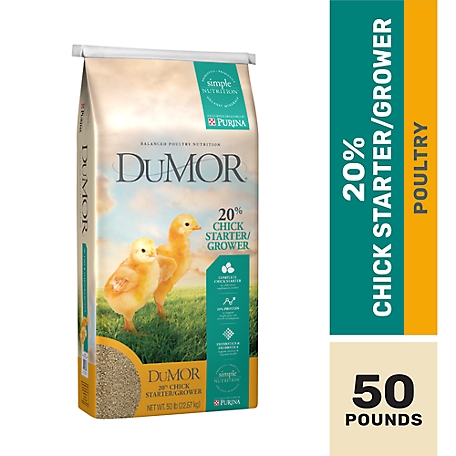
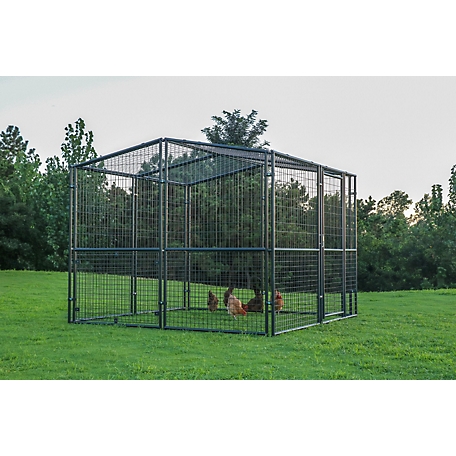
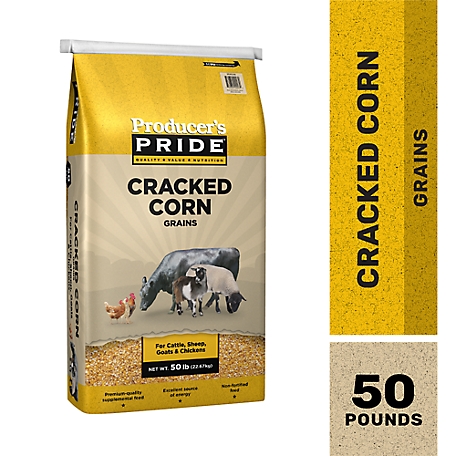
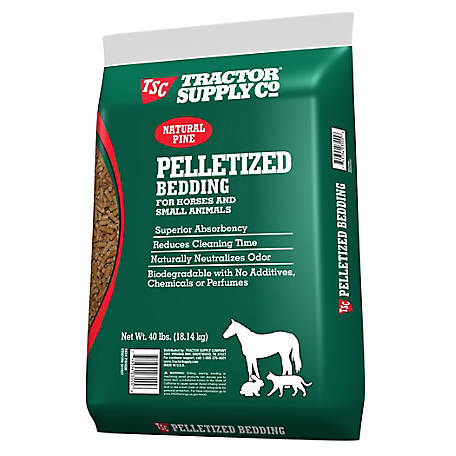

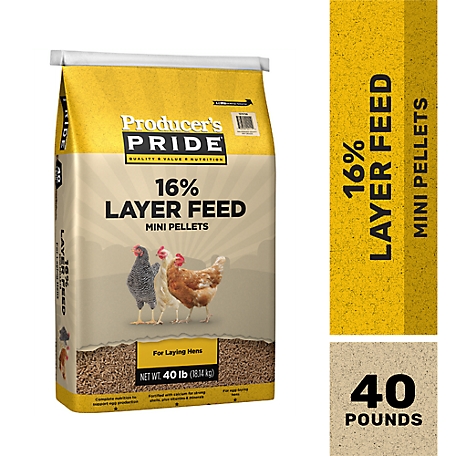
by Bob
Good stuff- the bees love it and it boosts the survival chances when the flowers are scarce or for a new colony .
by Kayla
Great the bees loved them.
by Dennis
Yummy for the new hives!
by Chauvin
Good product great price ship in time lee fashion